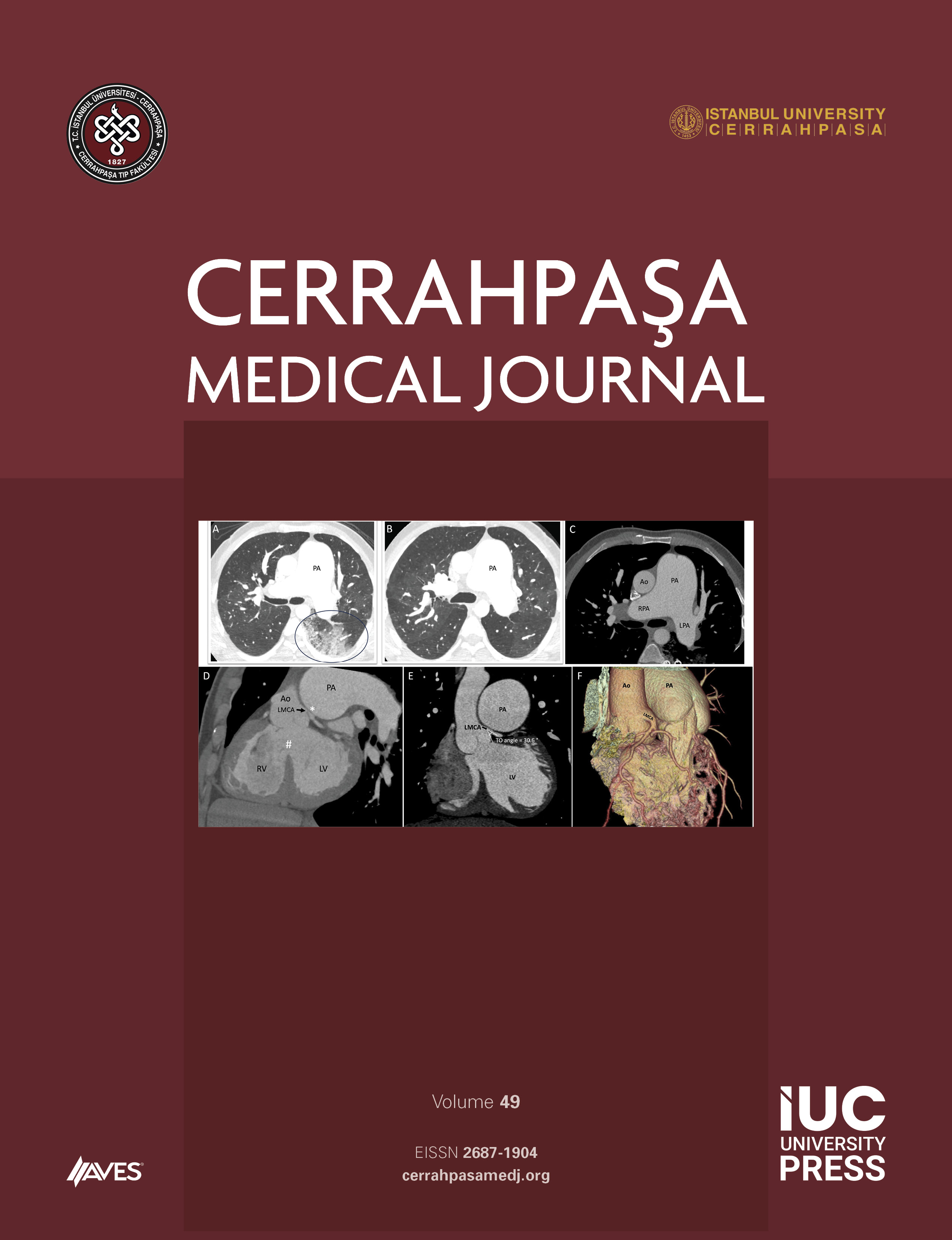Objective: Puromycine aminonucleoside nephrosis (PAN) is extensively used as an experimental model of proteinuria following podocyte injury. In PAN animal models, nephrotic syndrome with minimal change disease and focal segmental sclerosis-like nephritis is demonstrated to be similar to that in human; however, the real mechanism of PAN is not yet elucidated. Evidence shows that transforming growth factor-β1 (TGF-β1) plays a key via stimulating matrix protein synthesis of both glomerular epithelial and mesangial cells. In this study, we aimed to examine the relationship between TGF-β expression and accumulation in mesangial matrix (MM) by the changes in renal function and ultrastructure alterations in renal glomeruli of the chronic PAN induced rats.
Methods: Twelve male Wistar albino rats were divided into two groups: control group (n=6), chronic group (n=6). All data was statistically analyzed by One-way ANOVA Test.
Results: Proteinuria levels in the chronic nephrosis groups were greater than the control (p<0.0025) whereas the levels of serum albumin and creatinine clearances were progressively decreased (p<0.05). TGF-β1 expression and MM were both significantly increased in PAN değerlegroup.
Ultrastructural images of glomeruli of PAN showed apoptotic endothelium and mesangial cells, interstitial collagen and macrophages in increased MM.
Conclusion: Our findings suggest that chronic PAN application induces a nephrotic syndrome, leading to renal impairment by TGF-β1 expression in glomeruli, increase in MM, formation of abundant interstitial collagen, and migration of macrophages. We suggest that chronic PAN progressively increases TGF-β1 expression and apoptosis following expansion of mesangial matrix in the affected glomeruli. This study needs further researches to determine the main source and signal pathway of TGF-β1 expression by double staining methods.
Cite this article as: Seçkin İ, Uzunalan M, Ayaz Pekpak M, Köktürk S, Sönmez HA, Güngör ZB. TGF-β1 expression and mesangial alterations in rat glomeruli of an experimental chronic nephrosis model. Cerrahpasa Med J 2019; 43(1): 6-12.



